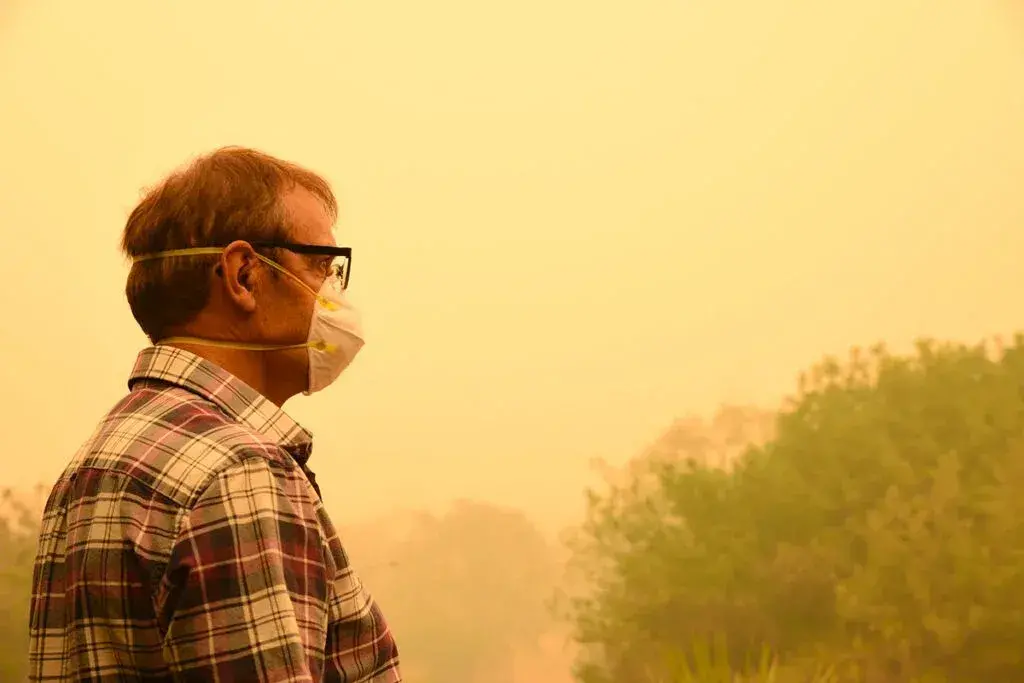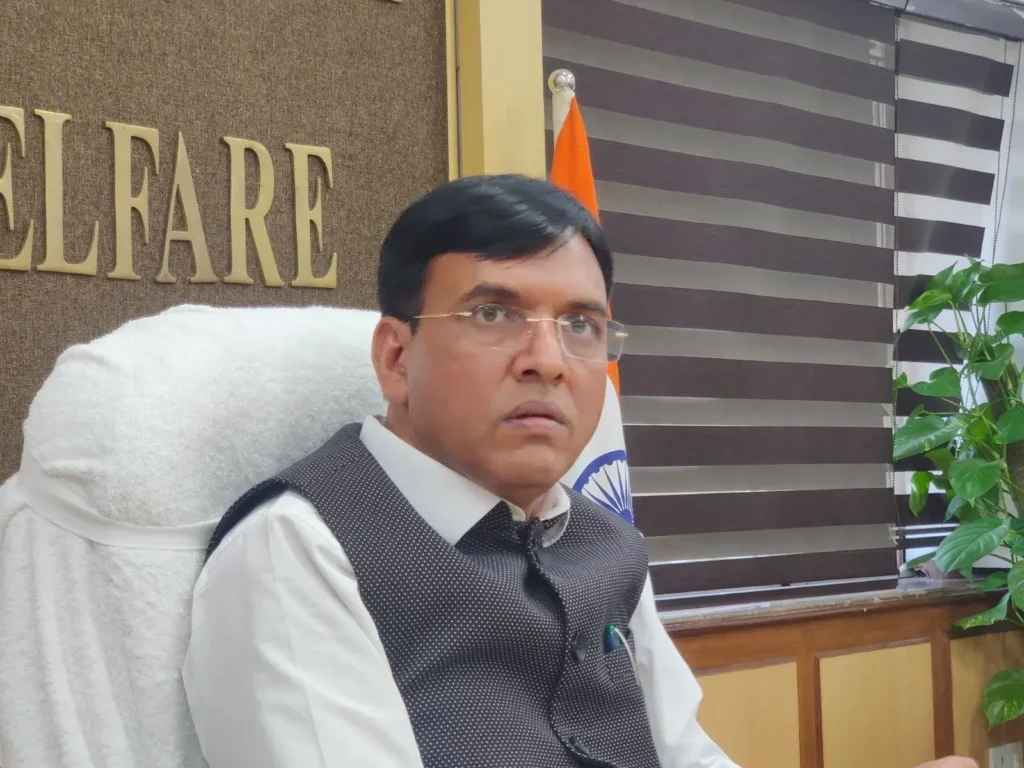Extreme Heat Could Put 2026 World Cup at Risk, Warns Report
A new study has raised serious concerns about the impact of climate change on the upcoming 2026 FIFA World Cup in North America, warning that extreme weather conditions could pose unprecedented challenges for players, fans, and organisers. The report, “Pitches in Peril” — compiled by Football for the Future, Common Goal, and Jupiter Intelligence — reveals that 10 out of the 16 host venues are at very high risk of extreme heat stress during the tournament. By 2050, nearly 90% of these stadiums will require significant adaptation to cope with soaring temperatures, while a third could face severe water shortages. Researchers also extended their analysis to future World Cup sites in 2030 and 2034, while drawing attention to grassroots football pitches worldwide, including those once used by global stars like Juan Mata, Mo Salah, and William Troost-Ekong. Mata, reflecting on Spain’s devastating floods in Valencia last year, said: “Football has always united people, but now it also reminds us of what we stand to lose.” Recent competitions already highlight the risks. At this year’s FIFA Club World Cup in the U.S., players described conditions as unbearable, with extreme heat and storms forcing FIFA to implement emergency measures such as shaded benches, misting fans, and additional cooling breaks. According to the study, 14 of the 16 stadiums across the U.S., Canada, and Mexico already exceed safe-play thresholds for multiple hazards — including extreme heat, heavy rainfall, and flooding. Thirteen stadiums experience summer days breaching FIFA’s drinks-break benchmark of 32°C Wet-Bulb Globe Temperature (WBGT), while cities like Dallas and Houston endure WBGT readings of 35°C or higher for weeks at a stretch — a level scientists deem the upper limit of human adaptability. Though some venues, like those in Dallas and Houston, will rely on stadium roofs to mitigate heat, experts stress that climate risks extend far beyond elite facilities. For instance, Mo Salah’s childhood pitch in Egypt could see over a month of unplayable conditions annually, while Troost-Ekong’s hometown ground in Nigeria may face nearly year-round extreme heat by mid-century. Piers Forster, director of the Priestley Centre for Climate Futures, cautioned: “Without drastic measures, like moving major tournaments to cooler months or regions, the risks will only escalate.” The 96-page report calls on the football industry to commit to net-zero emissions by 2040, publish robust decarbonisation strategies, and establish adaptation funds. It also highlights that 91% of fans surveyed across the host nations want the 2026 edition — the biggest in World Cup history — to serve as a benchmark for sustainability. Yet, despite those hopes, another analysis by Scientists for Global Responsibility, the Environmental Defense Fund, and the Sport for Climate Action Network warns that the 2026 tournament, with 48 nations and 104 matches across three countries, is on track to become the most climate-damaging World Cup ever. Source: Reuters
Extreme Heat Could Put 2026 World Cup at Risk, Warns Report Read More »










